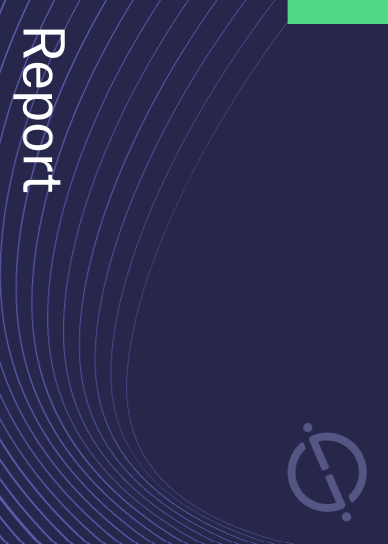Samsung Engineering has filed a patent for a weld groove forming method and a hollow article. The method involves using a sensor robot to determine if the side end of a pipe can be processed into a true circle shape, and if so, using an automatic beveling machine to form a weld groove in that shape. GlobalData’s report on Samsung Engineering gives a 360-degree view of the company including its patenting strategy. Buy the report here.
According to GlobalData’s company profile on Samsung Engineering, AI assisted CAD was a key innovation area identified from patents. Samsung Engineering's grant share as of September 2023 was 59%. Grant share is based on the ratio of number of grants to total number of patents.
Weld groove forming method using sensor robot and beveling machine
A recently filed patent (Publication Number: US20230241724A1) describes a method for forming a weld groove in the shape of a true circle on the side end of a pipe. The method involves using a sensor robot to determine if the side end of the pipe can be processed into a true circle. If the sensor robot determines that it is possible, an automatic beveling machine is used to form the weld groove in the shape of a true circle.
The method includes several steps. In the first step, the sensor robot scans the side end of the pipe to obtain a measured image in the form of an annular ring. This measured image is then overlapped with a predetermined virtual image in the form of an annular ring and a true circle. The sensor robot determines whether the thickness portion of the virtual image is completely included in the thickness portion of the measured image, and if the ratio of the thickness of the virtual image to the average thickness of the measured image satisfies a reference value. If these conditions are met, the sensor robot determines that the side end of the pipe can be processed into a true circle.
Once it is determined that the side end of the pipe can be processed into a true circle, the method involves cutting the inner wall, side end, and outer wall of the pipe to form the weld groove. The outer wall of the pipe is cut in a slanted manner from a first point relatively far from the side end to a second point relatively close to the side end, with the thickness decreasing at a constant rate. This process is repeated for subsequent points, with the thickness decreasing or increasing according to predetermined patterns. The inner wall of the pipe is also cut to achieve the desired thickness.
The patent also describes a hollow article, such as a pipe, that has a weld groove in the shape of a true circle. The weld groove includes curved surfaces on the outer wall and inner wall of the hollow article, as well as a vertical surface between the inner and outer walls. The thickness of these surfaces varies according to predetermined patterns.
Overall, this patent presents a method for forming a weld groove in the shape of a true circle on the side end of a pipe, as well as a hollow article with such a weld groove. The method involves using a sensor robot and an automatic beveling machine to achieve the desired shape and thickness of the weld groove.
To know more about GlobalData’s detailed insights on Samsung Engineering, buy the report here.
Data Insights
From

The gold standard of business intelligence.
Blending expert knowledge with cutting-edge technology, GlobalData’s unrivalled proprietary data will enable you to decode what’s happening in your market. You can make better informed decisions and gain a future-proof advantage over your competitors.



